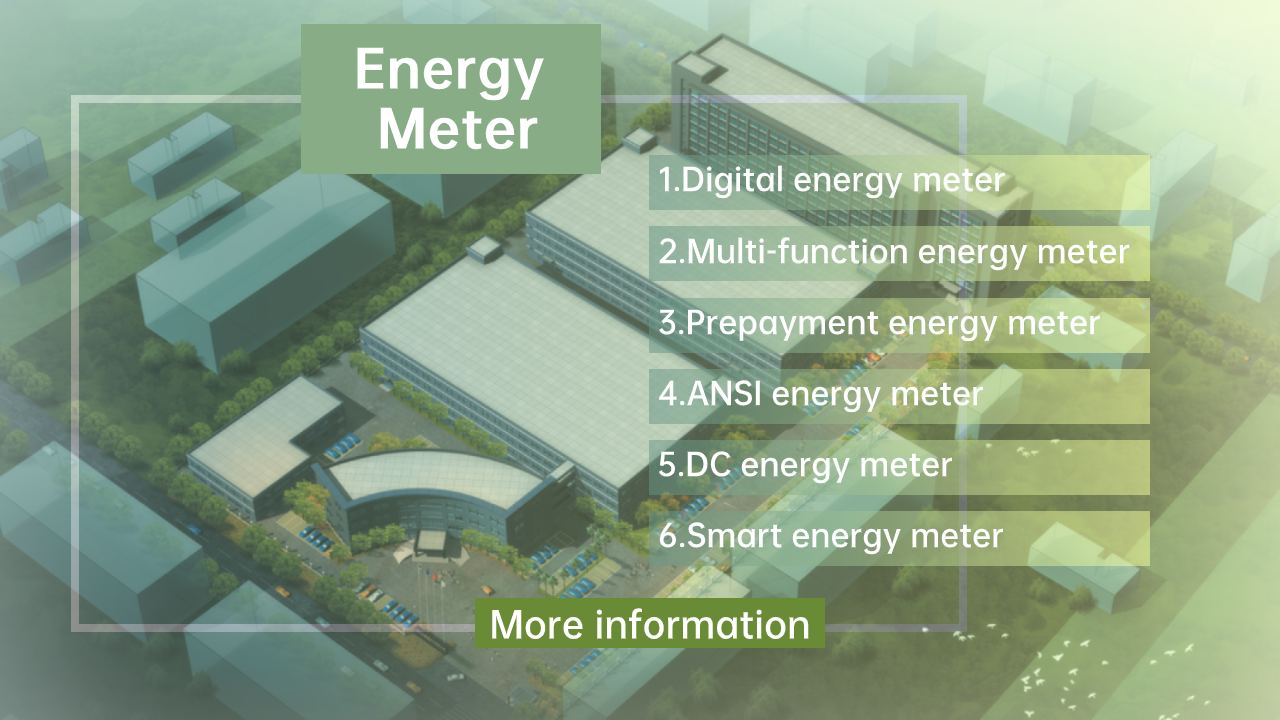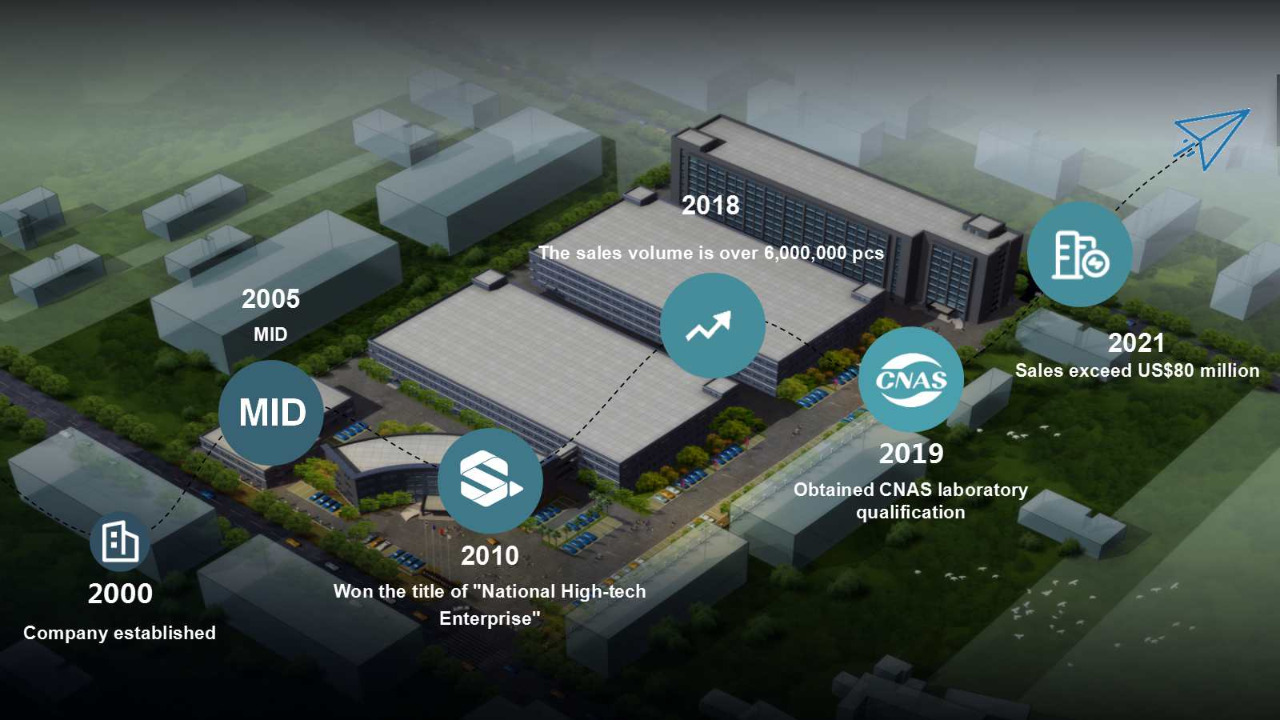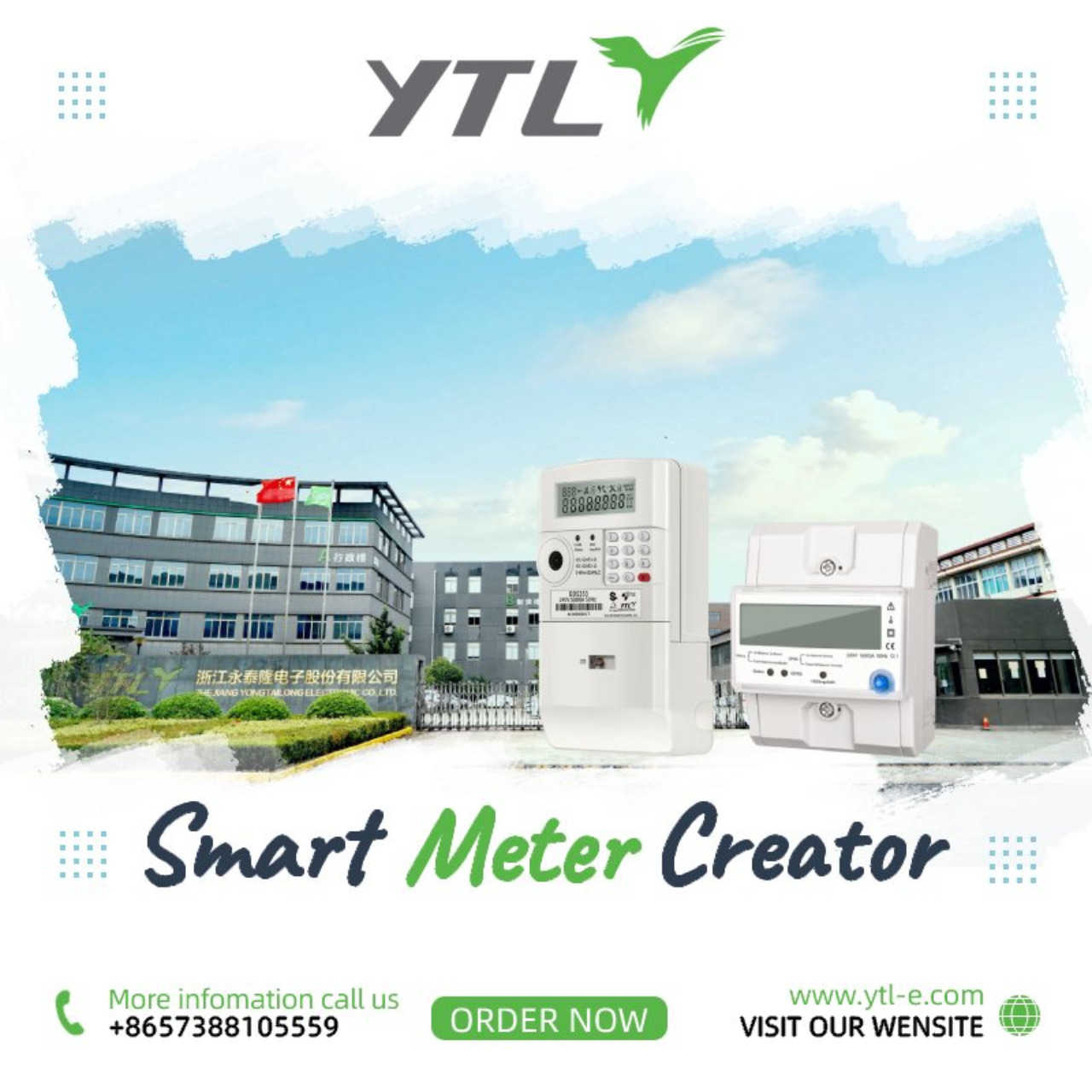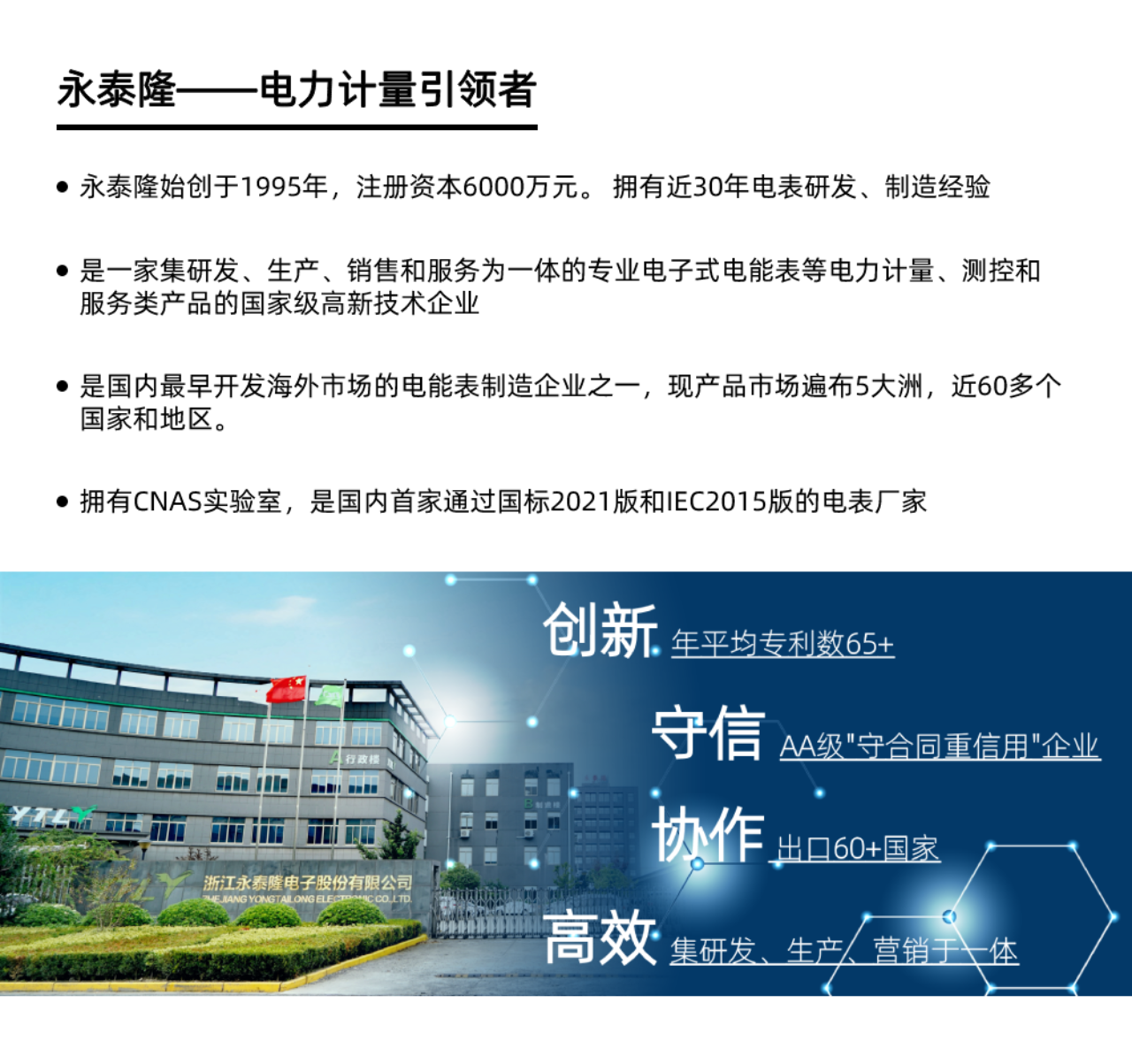A Century of Evolution: Guardians of Energy Measurement
Over the past century, electricity meter manufacturers have served as the "gatekeepers of energy measurement." As the wave of IoT and data deluge sweeps across the globe, traditional meter manufacturers are evolving from pure hardware producers into technology enterprises offering smart metering and energy management solutions. This transformation is not merely a technological upgrade but a fundamental reconfiguration of business models and industry ecosystems—a silent revolution reshaping this traditional sector. Digital transformation is no longer an optional choice but a survival imperative for meter manufacturers.
I. Era of Change: The "Triple Drivers" of Transformation
1.Policy Drivers:
The International Energy Agency (IEA) emphasizes full implementation of the Paris Agreement in its annual World Energy Outlook, urging nations to enhance nationally determined contributions (NDCs) and establish clear strategies to achieve carbon neutrality by 2030.
2.Demand Drivers:
Users’ growing need for refined energy management is transforming meters from "measurement tools" to "energy butlers."
3.Technology Drivers:
Mature IoT and AI technologies have opened a critical window for innovation.
4.Challenges in the Metamorphosis:
Technological Gaps: Iteration cycles shortened from a decade to three years, spanning mechanical, electronic, and smart meter generations.
Intensified Competition: New tech entrants disrupt the market, forcing traditional players to "innovate or perish."
Business Model Overhaul: Transition from hardware sales to "product + service" models demands organizational restructuring.

II. Transformation Pathways: The "Four-Dimensional Evolution"
1.Product Intelligence:
Smart meters are evolving into "home energy gateways" with edge computing and communication modules. New-generation meters enable load identification and anomaly alerts, reducing user costs by 15%.
2.Digital Manufacturing:
Industrial IoT platforms streamline production data, boosting efficiency by 40% and product yield from 92% to 99.5% in smart factories.
3.Service Ecosystem:
Shifting from "selling devices" to "selling services," manufacturers build energy management ecosystems, offering usage analytics and energy-saving advice, increasing user retention by 60%.
4.Data Monetization:
Meter data becomes the new "oil"—processed and analyzed to unlock value, driving revenue through insights.

IV. Breakthrough Strategies: The "Four Commitments"
1.Innovation-Driven Growth:
Invest in chip R&D, communication upgrades, and embedded algorithms; pivot to service models and customized solutions.
2.Ecosystem Collaboration:
Partner with grid operators and energy service providers to co-create data platforms, standards, and shared value mechanisms.
3.Customer-Centric Focus:
Deliver personalized solutions, lifecycle management, and agile service mechanisms to boost satisfaction and loyalty.
4.Long-Term Vision:
Treat digitization as a marathon, not a sprint—sustain R&D investments, deepen partnerships, and create lasting societal value.
V. Future Vision: The "New Ecosystem" of Smart Meter Manufacturers
With 5G-IoT convergence, smart meters will evolve into "energy internet terminals." Future manufacturers will become:
1.Energy Data Service Providers: Leveraging meter data for urban planning.
2.Carbon Market Players: Developing green energy traceability tools.
3.Smart Home Hubs: Integrating with IoT devices to create home energy networks.

Conclusion
The shift from conventional to smart solutions is inevitable in this era. While fraught with technological challenges, it offers vrey well opportunities for ecosystem redefinition. For bold innovators, digital transformation is not an endpoint but the gateway to tomorrow’s energy landscape.


 English
English 简体中文
简体中文


.png?imageView2/2/w/500/h/500/format/png/q/100)





.png?imageView2/2/w/500/h/500/format/png/q/100)
.png?imageView2/2/w/500/h/500/format/png/q/100)




